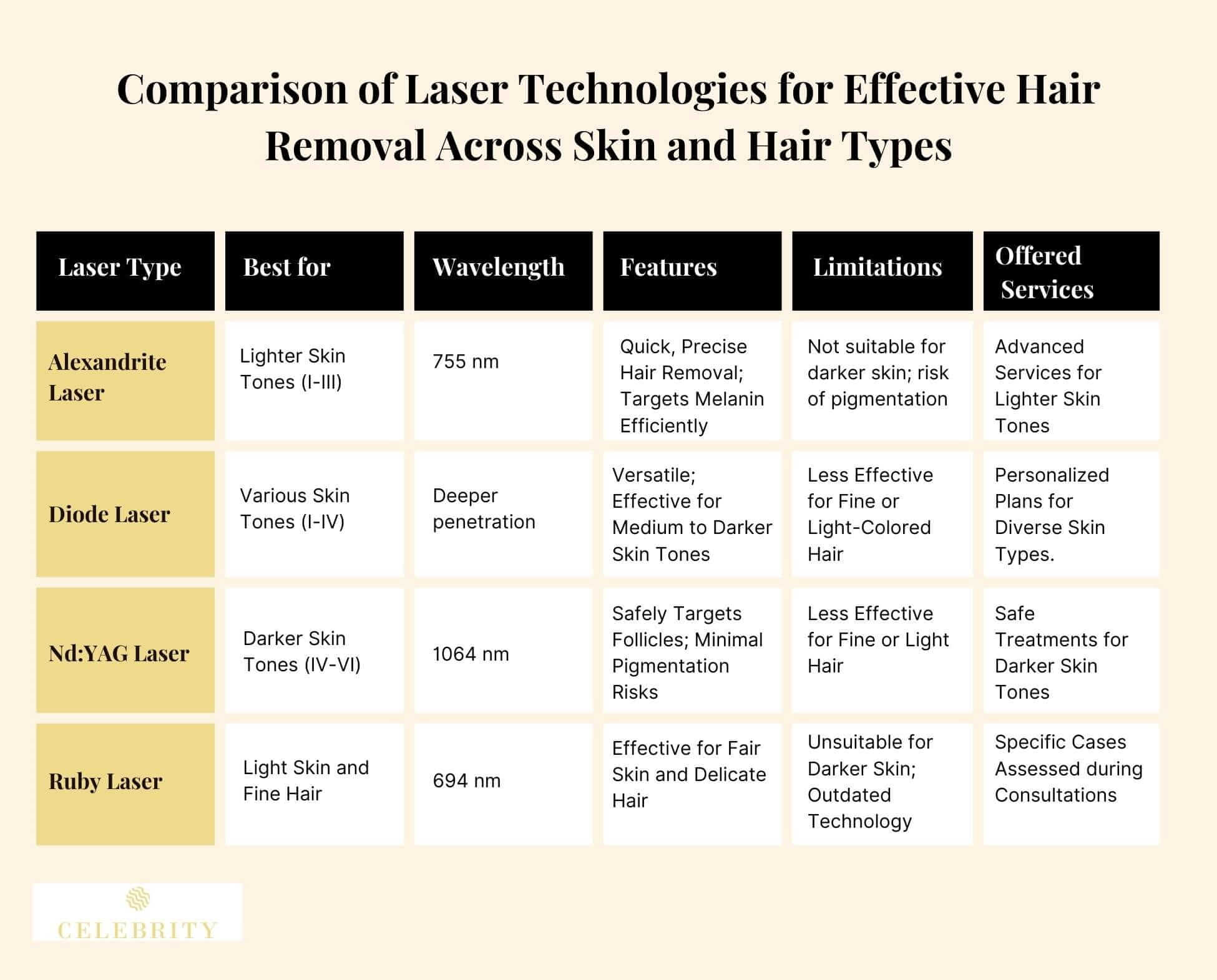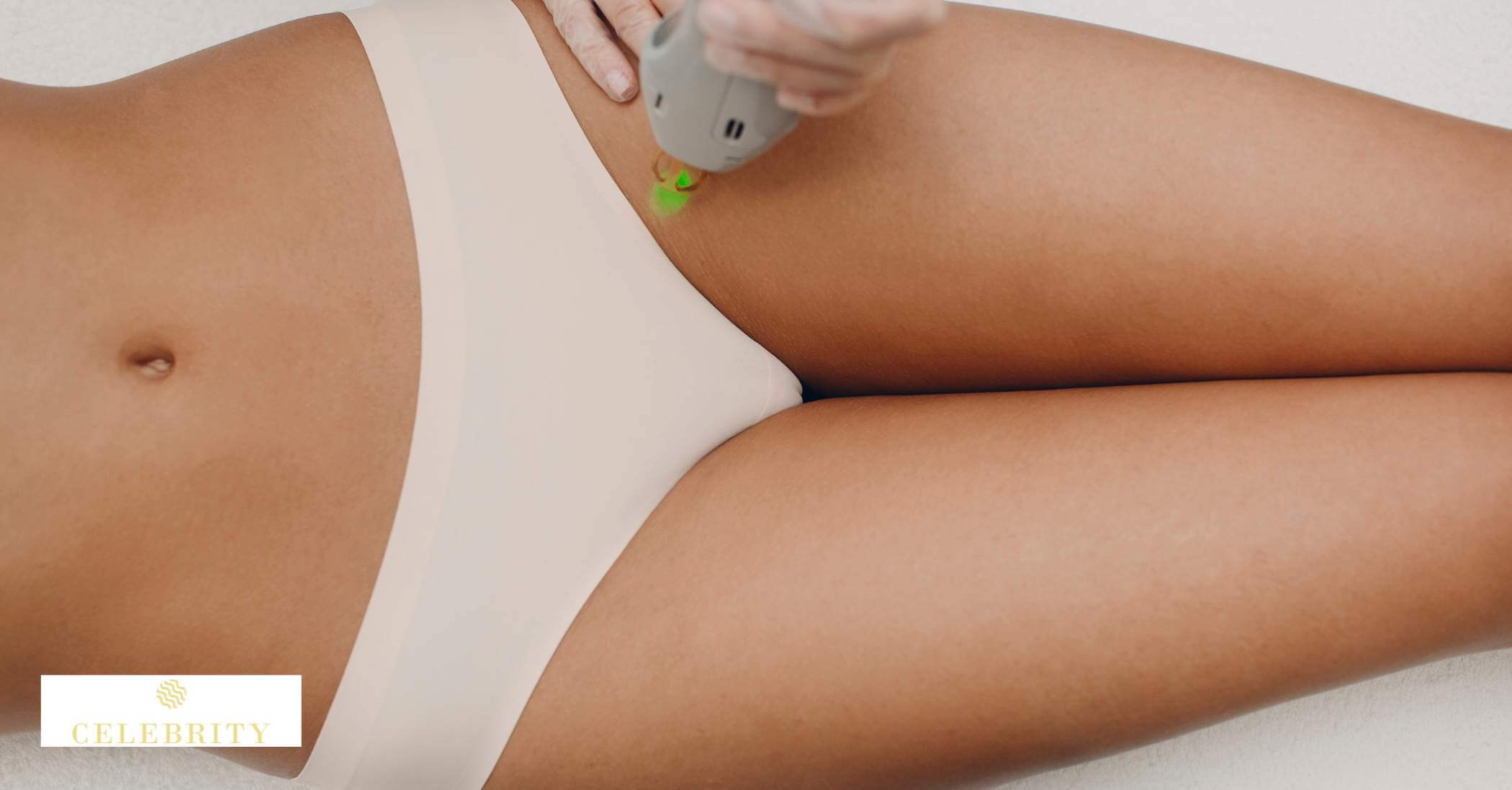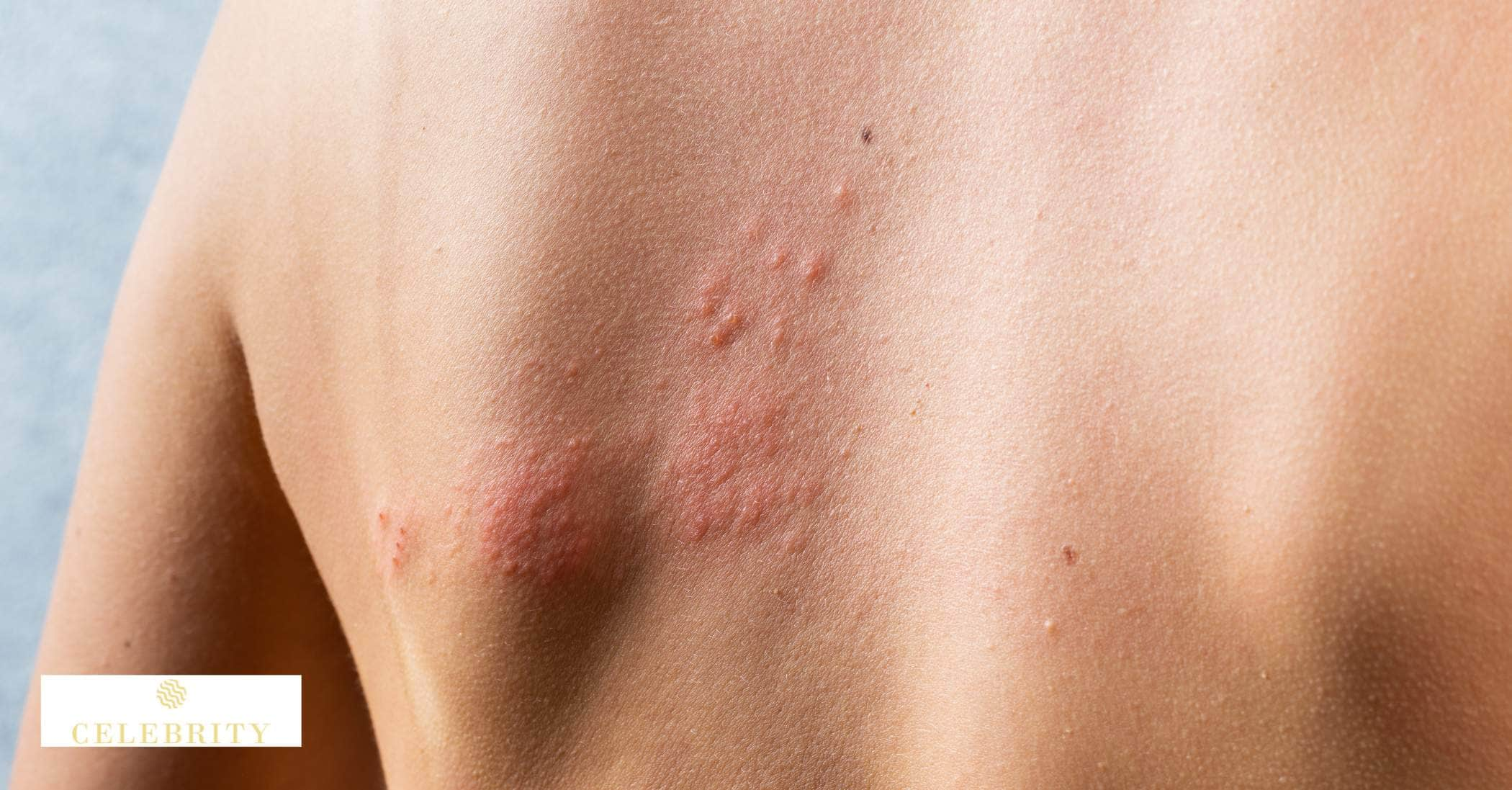Laser hair removal is a non-invasive treatment that reduces hair growth over the long term. It works by directing concentrated light energy at hair follicles. The melanin in the hair absorbs the light, converting it into heat to damage the follicle and inhibit future growth. Surrounding skin remains unharmed during the process.
Various laser technologies, such as Alexandrite, Diode, Nd:YAG, and Ruby lasers, cater to different skin tones and hair types. For instance, Alexandrite is ideal for lighter skin, while Nd:YAG suits darker skin tones.
This safe and effective procedure considers factors like the Fitzpatrick Skin Type Scale to create tailored solutions. It’s a trusted method for achieving smooth, hair-free skin across a range of skin and hair combinations.
How Skin Tone and Hair Type Shape Laser Hair Removal Success
Laser hair removal effectiveness greatly depends on understanding skin types and treatments and the unique characteristics of hair. Tailored approaches ensure safe and effective outcomes for individuals with diverse skin tones and hair types.
Skin Types: The Fitzpatrick Scale and Laser Treatment
The Fitzpatrick Skin Type Scale is a widely recognized system that classifies how skin reacts to sun exposure. It helps dermatologists and practitioners customize treatments. The scale includes six types:
- Type I: Very fair skin, always burns, never tans.
- Type II: Fair skin, burns easily, tans minimally.
- Type III: Medium skin tone, burns moderately, tans gradually.
- Type IV: Olive skin tone, burns minimally, tans well.
- Type V: Brown skin, rarely burns, tans easily.
- Type VI: Deeply pigmented skin, never burns.
For lighter skin tones (Types I–III), lasers such as Alexandrite or Diode are commonly used. These effectively target melanin with minimal risks.
Keep Reading: Can You Get Laser Hair Removal with Tattoos?
Which laser is best for dark skin tones?
Darker skin tones (Types IV–VI) benefit most from lasers like the Nd:YAG. With its longer wavelength, the Nd:YAG bypasses melanin in the epidermis and directly targets hair follicles. This reduces the risk of hyperpigmentation or hypopigmentation, ensuring safe and effective results for diverse skin tones.
Hair Types: The Role of Color and Thickness in Laser Efficacy
Hair colour and thickness are critical to the success of laser hair removal. Dark, coarse hair responds best, as lasers target melanin in the hair shaft. However, lighter hair—such as blonde, grey, or red—has less melanin to absorb light energy, making it less predictable.
Emerging technologies address these challenges with innovations like wavelength modulation and melanin-boosting pre-treatments. Customized solutions can still deliver significant results for lighter hair.

Can laser hair removal work on light hair?
Yes, laser hair removal can work on light hair. However, it often requires advanced approaches or technologies due to the reduced melanin levels in blonde, grey, or red hair.
At Celebrity Laser & Skin Care, we employ state-of-the-art systems, including Alexandrite 755 nm, 1064 nm Nd:YAG, and Prowave from Cutera Excel HR and Cutera Xeo. Our tailored laser hair removal solutions cater to all skin tones and hair types, helping you achieve your goals with precision and care.
Exploring Laser Technologies: Choosing the Right Option for Your Skin and Hair
Advancements in laser hair removal technologies now enable effective treatment for a wide range of skin tones and hair types. Understanding how each laser works and its suitability for specific needs is crucial for achieving the best results.

Alexandrite Laser: Ideal for Lighter Skin Tones
The Alexandrite laser, with its 755 nm wavelength, is highly effective for individuals with lighter skin tones (Fitzpatrick Types I–III). Its shorter wavelength efficiently targets melanin, enabling quick and precise hair removal. However, this high melanin absorption makes it unsuitable for darker skin tones due to a heightened risk of hyperpigmentation.
At The Celebrity Laser Care Center, we incorporate the latest Alexandrite laser technology into our advanced laser hair removal services, offering outstanding results for lighter skin types with minimal discomfort.
Diode Laser: Versatility Across Skin Types
The Diode laser stands out for its versatility, making it suitable for Fitzpatrick Types I–IV. By penetrating deeper into the skin, it effectively targets hair follicles while minimizing the risk of damaging surrounding tissues. This feature makes it ideal for individuals with medium to darker skin tones.
Our clinic provides personalized laser hair removal plans tailored to various skin and hair characteristics.
Nd:YAG Laser: Best for Darker Skin Tones
The Nd:YAG laser, operating at a 1064 nm wavelength, is the safest and most effective option for darker skin tones (Fitzpatrick Types IV–VI). Its longer wavelength bypasses melanin in the epidermis, directly targeting the hair follicle. This minimizes risks such as hyperpigmentation or burns, ensuring safe and effective results.
Ruby Laser: Best for Light Skin and Fine Hair
As one of the earliest laser technologies, the Ruby laser primarily caters to individuals with light skin and fine hair. With a shorter wavelength of 694 nm, it is highly absorbed by melanin, making it effective for fair skin but unsuitable for darker tones.
Although largely replaced by modern technologies, the Ruby laser remains a viable option for specific cases, which we carefully evaluate during consultations.

Expert Guidance and Personalized Treatments
At The Celebrity Laser Care Center, we combine expertise with state-of-the-art technologies to provide top laser hair removal services in North Vancouver.
Our personalized consultations assess your skin tone, hair type, and treatment goals to recommend the most suitable laser technology for your unique needs.
Cutting-Edge Laser Innovations: Enhancing Safety and Results for All Skin Types
The field of laser hair removal has advanced significantly, expanding its ability to cater to a wider range of skin tones and hair types while improving safety and efficacy. These innovations make laser hair removal accessible for everyone, delivering optimal results regardless of unique skin and hair characteristics.
Dynamic Cooling Systems (DCS) for Safety and Comfort
Modern laser devices incorporate advanced cooling technologies like Dynamic Cooling Systems to enhance safety and minimize discomfort during treatments.
These systems deliver a cooling burst before each laser pulse, effectively reducing risks such as hyperpigmentation or hypopigmentation. This is especially beneficial for individuals with darker skin tones.
Wavelength Customization for Precision
Emerging laser technologies offer customizable wavelengths tailored to different skin tones and hair colours:
- 755 nm Alexandrite Lasers: Highly effective for lighter skin tones.
- 1064 nm Nd:YAG Lasers: The gold standard for dark skin, penetrating deeply to target hair follicles while protecting surrounding tissue.
These advancements provide comprehensive skin treatment options that address diverse needs with precision and safety.
Advanced Pulse Durations and Spot Sizes
Modern lasers feature adjustable pulse durations and spot sizes, enhancing their ability to treat both fine and thick hair. These innovations improve outcomes for challenging areas, such as fine blonde hair on light skin or coarse, dark hair on darker skin tones.
Integration of AI for Personalized Treatment Plans
Artificial intelligence is revolutionizing laser hair removal by offering personalized treatment plans. AI-powered systems analyze individual skin and hair characteristics, optimizing laser settings for each session. This results in safer, more effective treatments while minimizing the risk of adverse reactions.
Hybrid Laser Systems for Versatility
Hybrid laser systems combine multiple wavelengths, such as Alexandrite and Nd:YAG, into a single device. By seamlessly switching between wavelengths during treatment, these systems are ideal for clients with mixed skin tones or varying hair textures.
Safety Considerations: Ensuring Safe and Effective Laser Hair Removal
Safety is a top priority when it comes to laser hair removal. Understanding potential risks and the importance of professional assessments can help you achieve optimal results while minimizing side effects.
How should I prepare for laser hair removal based on my skin type?
Proper preparation and aftercare tailored to your skin type can significantly enhance both safety and effectiveness. Key preparation steps include:
- Avoid Sun Exposure: Limit UV exposure for at least two weeks before treatment to reduce the risk of burns or hyperpigmentation.
- Refrain from Waxing or Plucking: Shaving preserves the hair root, which is necessary for effective laser treatment. Avoid waxing or plucking for at least four weeks before your session.
- Moisturize and Hydrate: Healthy, hydrated skin responds better to treatment and heals more quickly.
For more detailed guidance, explore pre- and post-treatment care for laser hair removal to ensure the best outcomes.

Potential Risks and How to Mitigate Them
While laser hair removal is generally safe, improper application can result in side effects. Understanding these risks can help you take preventive measures:
- Hyperpigmentation: Darkening of the skin in treated areas, more common in individuals with darker skin tones.
- Hypopigmentation: Loss of pigment, leading to lighter patches on the skin.
- Burns or Blisters: Rare but possible when incorrect laser settings are used.
Working with experienced professionals and following preparation guidelines are key to minimizing these risks and ensuring a safe, effective treatment experience.
Combining Laser Hair Removal with Other Skin Treatments
Laser hair removal offers more than just smooth, hair-free skin—it can complement various cosmetic procedures to enhance overall skin health, texture, and appearance.
By combining laser hair removal with targeted treatments, you can address multiple skincare concerns simultaneously, maximizing results and saving time.
Laser Hair Removal and Skin Rejuvenation
Pairing laser hair removal with skin rejuvenation treatments, such as laser resurfacing or chemical peels, delivers dual benefits. It removes unwanted hair while improving the skin’s texture, tone, and radiance.
This approach is ideal for reducing fine lines, sun damage, or uneven pigmentation while achieving a smoother complexion.
Laser Hair Removal and Facial Rejuvenation
Integrating laser hair removal with facial rejuvenation procedures, such as microdermabrasion or microneedling, offers a comprehensive skincare solution. These combinations eliminate unwanted facial hair, enhance skin elasticity, and minimize pores, leaving the skin revitalized with a youthful glow.
Laser Hair Removal and Anti-Aging Treatments
Combining laser hair removal with anti-aging treatments, such as Botox or dermal fillers, creates a synergistic approach to skincare.
While laser hair removal ensures a smooth complexion, anti-aging procedures target fine lines, wrinkles, and volume loss, delivering a refreshed and rejuvenated appearance.
Conclusion: Personalized Laser Hair Removal for Optimal Results
Personalized laser hair removal treatment is essential for achieving the best results, as it considers your unique skin type and hair colour. Understanding how different laser technologies interact with various skin tones and hair types ensures treatments are both effective and safe.
At Celebrity Laser Care Center, we prioritize tailored consultations to deliver the safest and most effective treatments. Our expertise in working with diverse skin tones and hair types allows us to offer long-lasting solutions for smooth, hair-free skin.
Discover the benefits of customized laser hair removal today. Schedule a consultation with our experts, and let us create a plan designed to meet your unique skincare needs.


